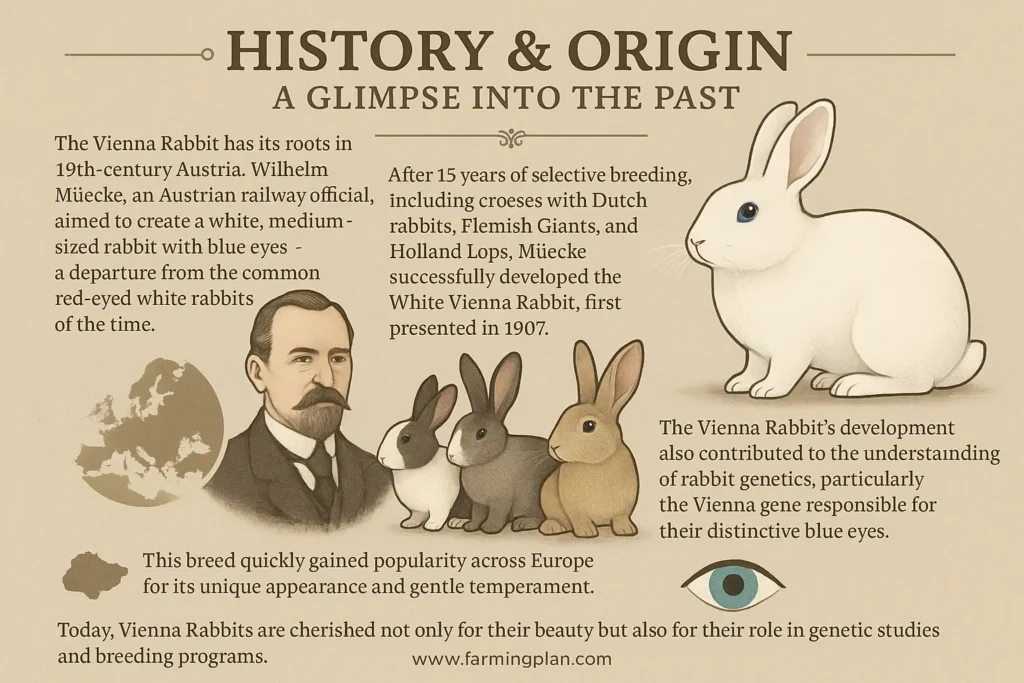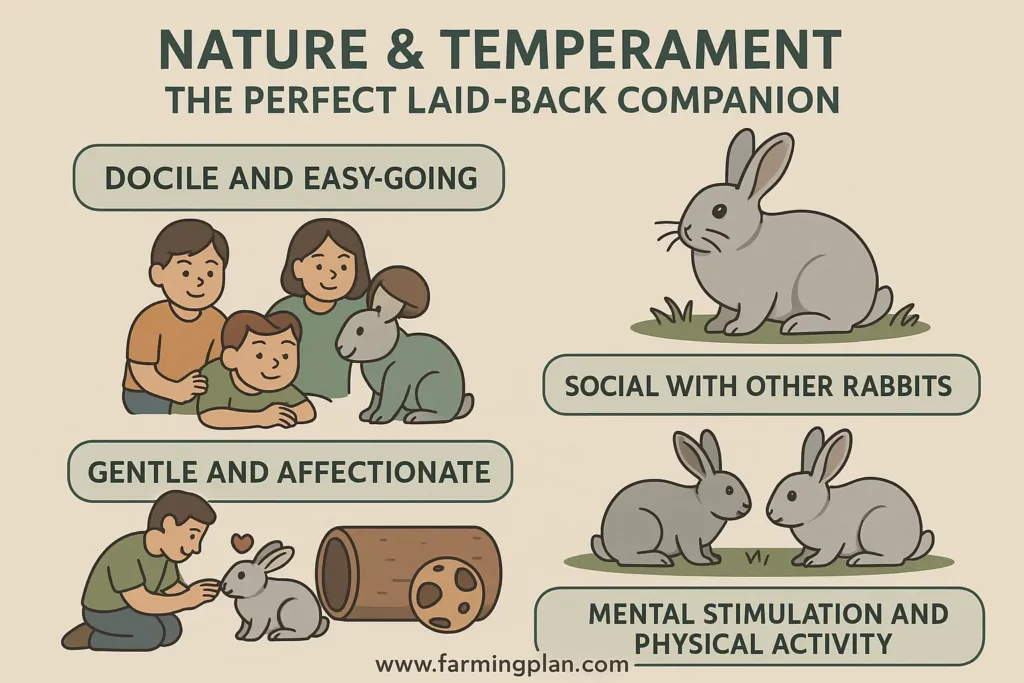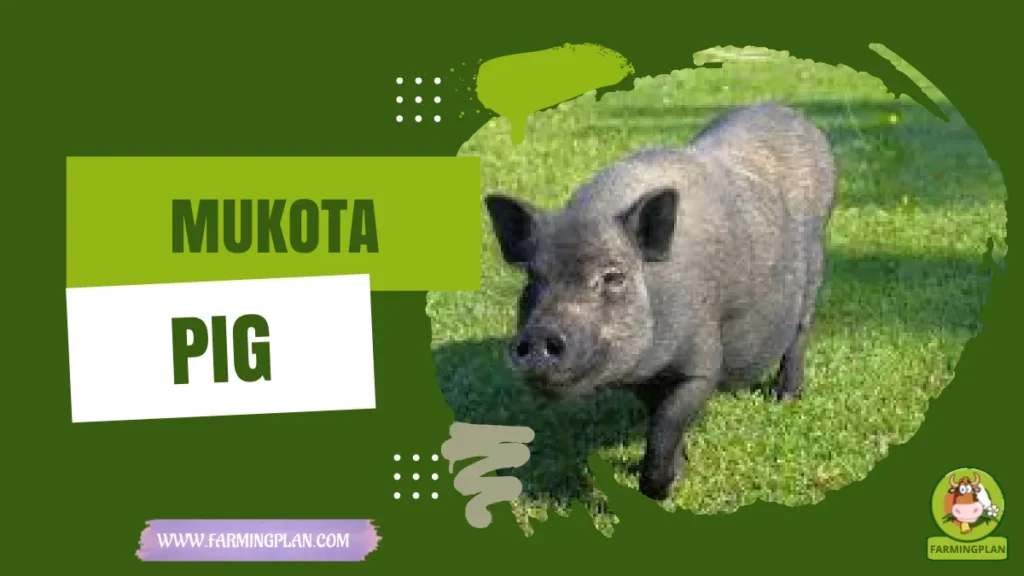If you’re searching for a gentle, friendly, and easy-to-care-for pet, the Vienna Rabbit might just be your perfect match. Known for their striking blue eyes and soft white coats, these rabbits are not only beautiful but also have a calm demeanor that makes them ideal companions for families and first-time pet owners. In this article, I’ll share my personal experiences and practical knowledge about caring for Vienna Rabbits, from their history and characteristics to their diet and health needs. Whether you’re a seasoned breeder or new to rabbit ownership, you’ll find valuable insights to help you understand and care for this delightful breed.

History & Origin: A Glimpse Into the Past
The Vienna Rabbit has its roots in 19th-century Austria. Wilhelm Mucke, an Austrian railway official, aimed to create a white, medium-sized rabbit with blue eyes a departure from the common red-eyed white rabbits of the time. After 15 years of selective breeding, including crosses with Dutch rabbits, Flemish Giants, and Holland Lops, Mucke successfully developed the White Vienna Rabbit, first presented in 1907.

This breed quickly gained popularity across Europe for its unique appearance and gentle temperament. The Vienna Rabbit’s development also contributed to the understanding of rabbit genetics, particularly the Vienna gene responsible for their distinctive blue eyes.
Today, Vienna Rabbits are cherished not only for their beauty but also for their role in genetic studies and breeding programs. Their legacy continues as breeders and enthusiasts appreciate the breed’s historical significance and contribution to rabbit diversity.
Characteristics: What Makes Vienna Rabbits Stand Out
Vienna Rabbits are medium-sized, typically weighing between 3.5 to 5 kilograms. They possess a compact body with strong muscles and a soft, dense coat that comes in various colors, including white, blue, black, and agouti . The most distinctive feature is their blue eyes, a result of the Vienna gene.

Their ears are upright and approximately 13 centimeters long, adding to their alert and friendly appearance. The breed’s overall look is elegant yet sturdy, making them both attractive and resilient pets.
In terms of markings, some Vienna Rabbits may exhibit Dutch-like patterns due to the influence of the Vienna gene. These markings can vary, adding to the breed’s visual appeal and uniqueness among rabbit enthusiasts.
Read More: Chinchilla Giganta Rabbit: Farming
Nature & Temperament: The Perfect Laid-back Companion
From my experience, Vienna Rabbits are among the most docile and easy-going breeds. They have a calm demeanor that makes them excellent companions for families, including those with children. Their gentle nature also means they’re less likely to bite or scratch, making handling and bonding easier.

These rabbits are social creatures that enjoy interaction with their human caregivers. They can be quite affectionate, often seeking out attention and petting. Their laid-back temperament also makes them suitable for living with other rabbits, provided proper introductions are made.
However, it’s essential to provide them with mental stimulation and physical activity to keep them happy. Toys, tunnels, and supervised playtime outside their enclosure can help prevent boredom and promote a healthy lifestyle.
Food & Diet: What Should Vienna Rabbits Eat?
A balanced diet is crucial for the health and well-being of Vienna Rabbits. The foundation of their diet should be unlimited access to fresh hay, such as timothy or meadow hay, which aids in digestion and dental health .
In addition to hay, provide a variety of fresh leafy greens daily, such as romaine lettuce, kale, and parsley. Introduce new vegetables gradually to monitor for any adverse reactions. Pellets can be included in their diet but should be limited to prevent obesity about 1/4 cup per 6 pounds of body weight per day is sufficient.
Treats like fruits and root vegetables (e.g., carrots) should be given sparingly due to their high sugar content. Always ensure fresh, clean water is available. Remember, a proper diet not only keeps your rabbit healthy but also contributes to a longer, happier life.
Read More: Aurora Negro Rabbit: Unveiling the Enchanting Elegance
Usage & Purpose: More Than Just a Pretty Face
Most Vienna Rabbits are raised as pets because they are friendly and attractive, but they also make a key contribution to breeding programs. Due to their distinctive genes, especially the Vienna gene, they are useful for creating new breeds and learning about gene traits.
In some regions, Vienna Rabbits are showcased in rabbit shows, where their physical attributes and temperament are judged against breed standards. Their calm demeanor and striking looks often make them favorites among judges and spectators alike.
Being small and friendly, these creepy-crawlies work perfectly for learning in schools or petting zoos, helping children understand how to look after animals.
Special Features: Genetic Beauty in Every Bunny
One of the most remarkable features of Vienna Rabbits is their blue eyes, a trait resulting from the Vienna gene. This gene can also cause unique white markings on colored rabbits, known as Vienna markings, which are highly sought after in certain breeding circles.
The Vienna gene is complex, not fitting neatly into dominant or recessive categories. Breeding two Vienna-marked rabbits can result in a variety of offspring, including blue-eyed whites (BEWs), Vienna-marked, or non-marked rabbits .
Understanding and working with this gene requires careful planning and knowledge, making Vienna Rabbits a fascinating subject for breeders interested in genetics and coat color inheritance.
Read More: Cashmere Lop Rabbit: The Ultimate Adorable and Devoted Pet
Health Issues & Prevention: Keeping Your Bunny Hoppy
Vienna Rabbits are generally healthy, but like all breeds, they can be prone to specific health issues. Common problems include overgrown teeth, gastrointestinal stasis (GI stasis), and ear mites . Regular veterinary check-ups and a proper diet rich in hay can help prevent these conditions.
Maintaining a clean living environment is crucial. A dirty litter box can lead to infections and attract flies, increasing the risk of flystrike a serious condition where flies lay eggs on the rabbit’s skin. Regular cleaning and monitoring of your rabbit’s hygiene are essential.
Vaccinations may be necessary depending on your location, particularly against diseases like myxomatosis and viral hemorrhagic disease. Consult with a veterinarian familiar with rabbits to establish an appropriate health care plan for your Vienna Rabbit.
“A Clean Litter Box Is More Than Hygiene It’s Your Rabbit’s First Step To Trust You.”
Pet Owner Care Guide: Raise a Healthy Vienna Rabbit
Step 1: Choose a Reputable Breeder
Make sure the first step is to get a rabbit from a breeder who offers healthy and well-socialized pets. Find out who the rabbit comes from, if they have been healthy and if they possess the Vienna gene. A good breeder will be transparent and willing to answer your questions.
Step 2: Set Up a Comfortable Living Space
Provide a spacious enclosure with enough room for your rabbit to move around comfortably. Include hiding spots, toys, and a litter box. Ensure the area is safe, clean, and free from hazards.
Step 3: Establish a Feeding Routine
Feed your Vienna Rabbit a diet consisting mainly of hay, supplemented with fresh vegetables and a limited amount of pellets. Introduce new foods gradually and monitor for any digestive issues. Always provide fresh water.
Step 4: Groom Regularly
Brush your rabbit’s coat at least once a week to remove loose fur and prevent matting. During shedding seasons, increase brushing frequency. Regular grooming also helps you check for signs of parasites or skin issues.
Step 5: Monitor Health and Behavior
Keep an eye on your rabbit’s eating habits, droppings, and behavior. Any sudden changes could indicate health problems. Regular veterinary visits are essential to catch and address issues early.
Step 6: Provide Social Interaction
Spend time interacting with your rabbit daily to build trust and prevent loneliness. Consider adopting a pair of rabbits for companionship, ensuring proper introductions to avoid conflicts.
Expert Tips & Best Practices: My Pro Experience
In my experience, raising healthy Vienna Rabbits comes down to being consistent and attentive. These rabbits love routine so I always feed them, clean their space, and handle grooming at the same times each week. It keeps them calm and helps build trust.
I brush my Vienna Rabbits gently two to three times a week, especially when they shed. It keeps their coat smooth and gives me a chance to check for any health issues. These quiet moments also help us bond more deeply they truly enjoy the gentle attention.
Another thing I’ve learned is that mental stimulation matters just as much as food. I give them chew toys, cardboard tunnels, and time to roam in a safe area. They’re curious little creatures, and a fun environment keeps them from getting bored or destructive. And if you’re getting your rabbit from a breeder, make sure they’re reputable and understand rabbit genetics. A healthy start makes everything easier down the line.
FAQ
Are Vienna Rabbits good pets for children?
Yes, they’re calm, friendly, and gentle, which makes them great pets for kids. Just be sure to teach children how to handle rabbits with care.
Do Vienna Rabbits need a lot of grooming?
Not really. A weekly gentle brushing is usually enough. During shedding season, brushing twice a week helps keep their coat healthy.
Can Vienna Rabbits live with other rabbits?
Yes, they can. They’re social and often enjoy having a companion. Make sure to introduce them slowly and keep their space clean.
How long do Vienna Rabbits live?
They usually live between 7 to 10 years if given proper care, a clean home, and regular vet visits.
Where can I get a Vienna Rabbit?
You can find them through reputable breeders, local rabbit rescues, or breed-specific rabbit clubs. Always look for healthy rabbits and responsible sellers.
Conclusion
Vienna Rabbits are more than just pretty faces they’re gentle, affectionate, and easy to care for, making them ideal for both first-time pet parents and experienced breeders. With their soft fur, calm nature, and signature blue eyes, they bring a special charm to any home or rabbitry. From my own experience, raising Vienna Rabbits has been incredibly rewarding, especially because they’re so laid-back and people-friendly. As long as you keep them well-fed, groomed, and loved, they’ll stay healthy and happy for years to come.


